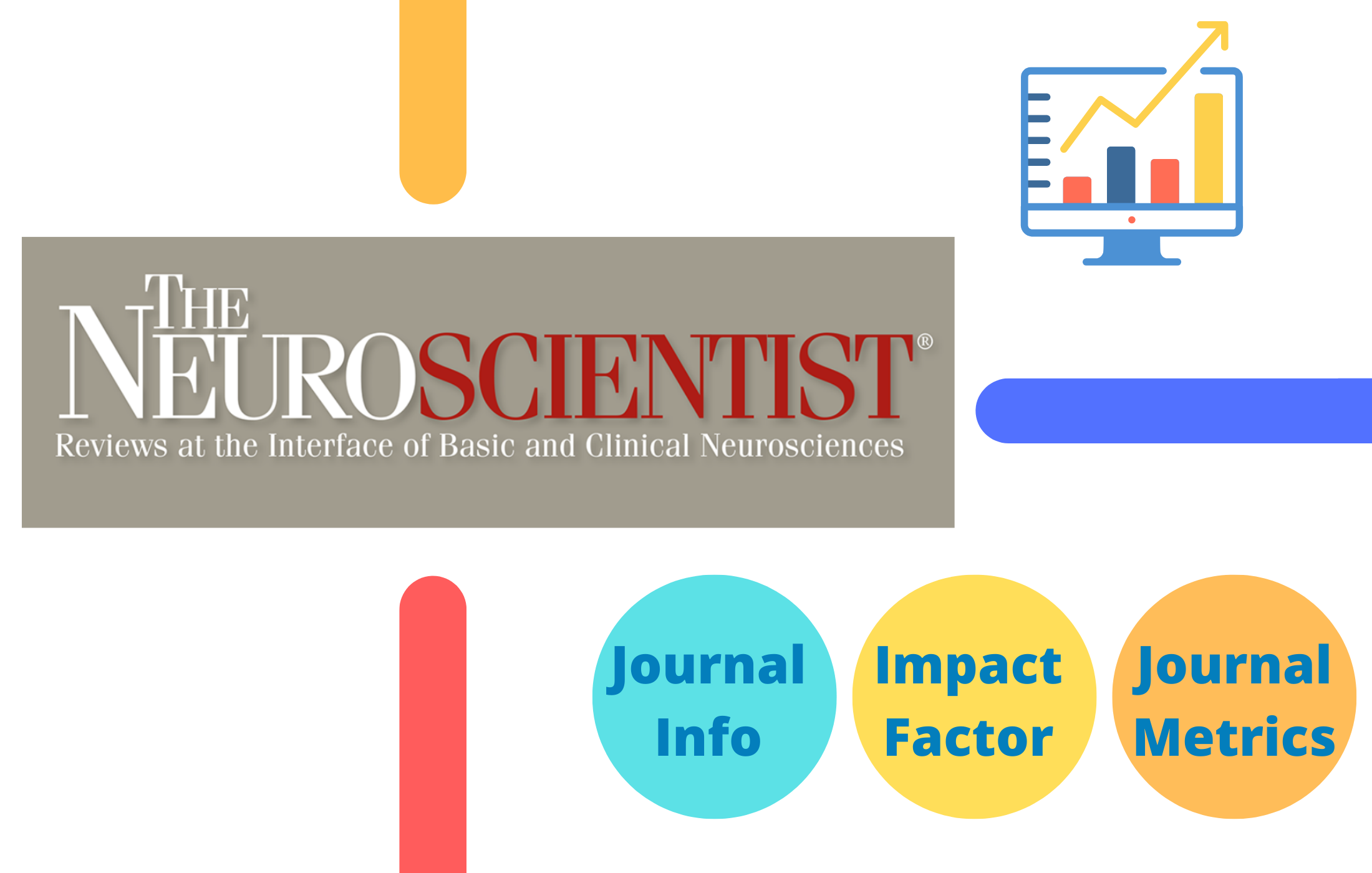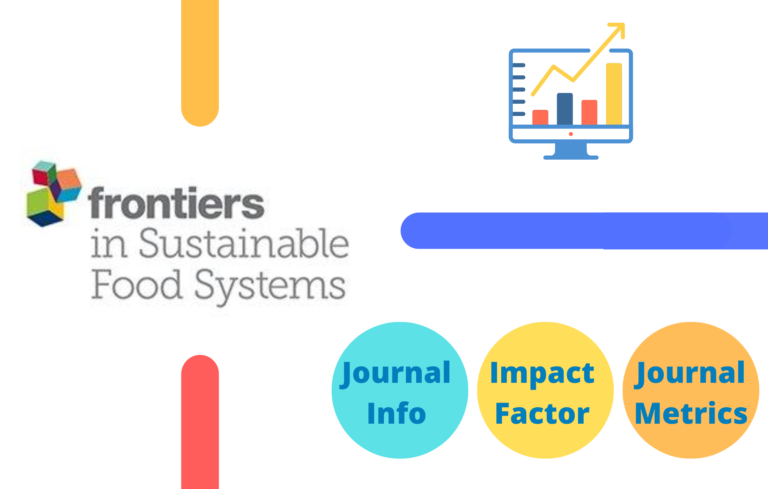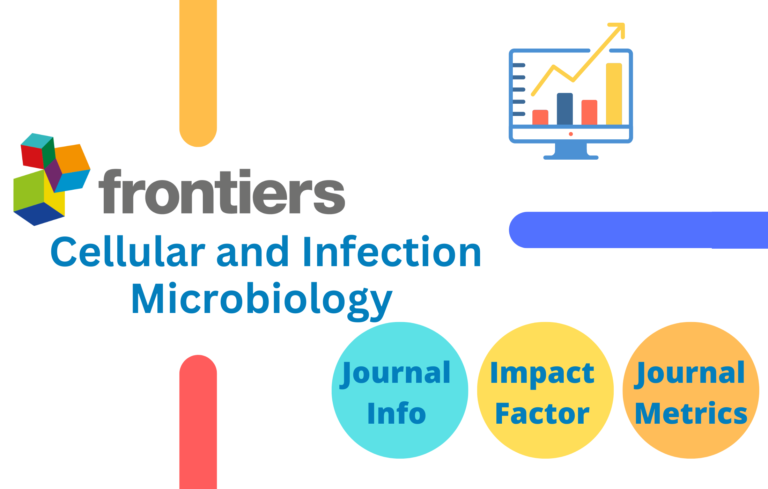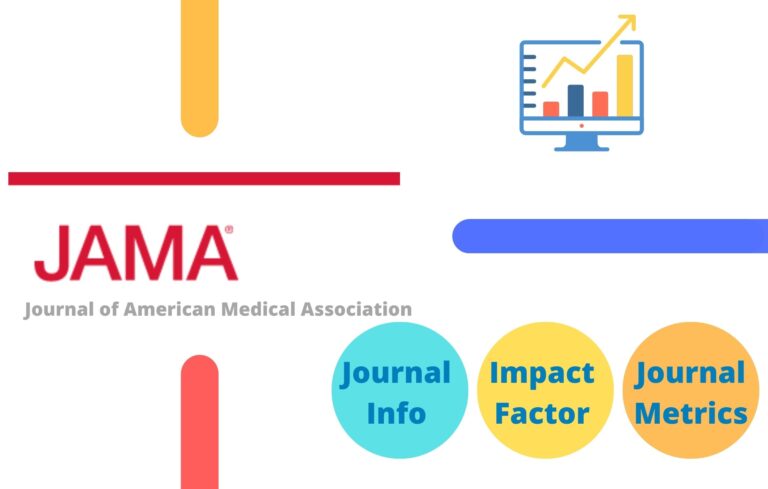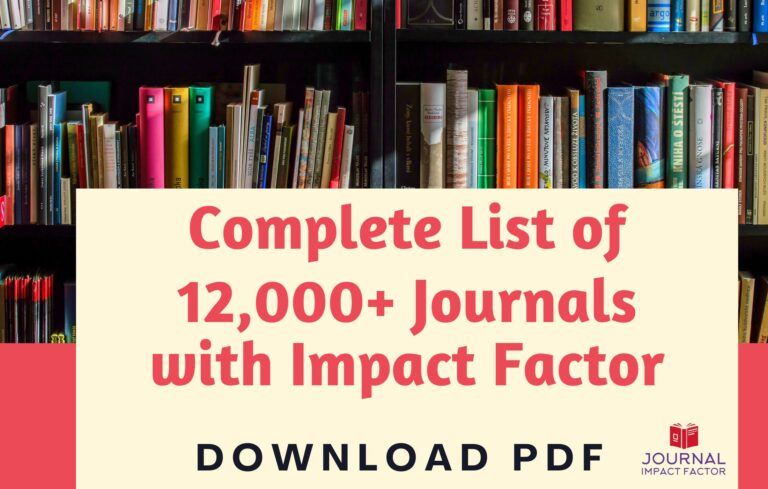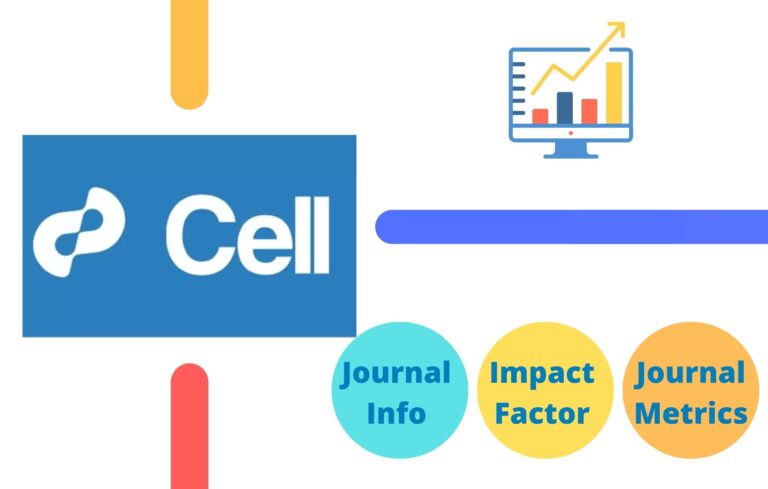Here in this post, apart from Neuroscientist Impact Factor, I have tried to compile all the necessary information a research scholar would seek before publishing an article in the journal.
About Neuroscientist Journal
The Neuroscientist (NRO) reviews and evaluates the noteworthy advances and key trends in molecular, cellular, developmental, behavioral systems, and cognitive neuroscience in a unique disease-relevant format.
Neuroscientist Impact Factor
Impact Factor (IF) or often called journal impact factor (JIF) is an index provided by an analytics company named Clarivate. The impact factor is calculated by dividing the number of times the articles are cited in the last two years by the total number of publications in those two years.
- Total Citations in 2020 and 2021 = 9971
- Total Number of Publications in 2020 and 2021 = 81
- Impact Factor of the Journal in 2022 = 500/100 = 123.09
Impact Factor of Neuroscientist (2017-2023)
- Neuroscientist Impact Factor 2017 – 7.461
- Neuroscientist Impact Factor 2018 – 6.791
- Neuroscientist Impact Factor 2019 – 6.500
- Neuroscientist Impact Factor 2020 – 7.519
- Neuroscientist Impact Factor 2021 – 7.235
- Neuroscientist Impact Factor 2022 – 5.6 (Updated June 2023)
Neuroscientist Impact Factor 2022
Neuroscientist H-index
The h index is a metric for evaluating the cumulative impact of an author’s scholarly output and performance; measures quantity with quality by comparing publications to citations.

The h index of Neuroscientist Journal is 131, which means among all the published articles in this journal, 131 of these publications have received at least 131 citations each.
Neuroscientist Journal Metrics
Neuroscientist CiteScore
CiteScore (CS) of an academic journal is a measure reflecting the yearly average number of citations to recent articles published in that journal.
| Cites / Doc. (3 years) | 2018 | 5.327 |
| Cites / Doc. (3 years) | 2019 | 5.624 |
| Cites / Doc. (3 years) | 2020 | 5.856 |
| Cites / Doc. (3 years) | 2021 | 6.092 |
| Cites / Doc. (2 years) | 2018 | 5.339 |
| Cites / Doc. (2 years) | 2019 | 5.209 |
| Cites / Doc. (2 years) | 2020 | 5.710 |
| Cites / Doc. (2 years) | 2021 | 5.670 |
Neuroscientist SCImago Rank
The SCImago Journal Rank (SJR) indicator is a measure of the scientific influence of scholarly journals that accounts for both the number of citations received by a journal and the importance or prestige of the journals where the citations come from.
| Year | SCImago Journal Rank (SJR) |
|---|---|
| 2018 | 2.857 |
| 2019 | 2.537 |
| 2020 | 2.328 |
| 2021 | 1.961 |
Neuroscientist Editorial Board Members
- Chief Editor | Stephen G. Waxman
- Managing Editor | Besty R. Schulman
- Associate Editor
Neuroscientist Publication Fee
Neuroscientist is an open-access journal. There are no fees payable to submit or publish in this journal.
Neuroscientist Review Time
Neuroscientist prioritizes rapid publication and uses single-blind peer review
| Review time | 8.8 weeks |
| Acceptance to publication time | 35 days |
Neuroscientist Reference Style
References in the text should be cited by name and date, e.g. (Smith 1990), (Smith and Jones 1997) or (Smith and others, 1988) for six or more authors. The reference list should also be alphabetized, with no italics being used. If there are more than six authors on a paper, list the first six, followed by “and others”.
Journal article references in the reference list should follow the format:
Author(s)*. Year. Article title. Abbreviated journal title. Volume(issue):pages.
Or if only published online:
Author(s)*. Year. Article title. Abbreviated journal title. DOI number. Month Day of online publication. [Epub ahead of print]
References for books follow the order:
Author(s)*. Year. Title. Edition. Place of publication: publisher.
References for chapters or other parts of a book follow the order:
Author(s)*. Year. Chapter title. In: Editor(s). Book title. Place of publication: publisher. Page numbers for that chapter.
*Authors should be listed by Last Name First Name Initial, e.g.: Smith A, Jones A.
Neuroscientist Endnote Style
You can download the Neuroscientist Endnote Style and Neuroscientist Zotero Style
Neuroscientist Abbreviation
The ISO 4 standard abbreviation for abstracting, indexing and referencing purposes of Neuroscientist is “Neuroscientist”
Neuroscientist Acceptance Rate
The acceptance rate of a journal is the ratio of the number of articles submitted to the number of articles published.
The average acceptance rate of Neuroscientist journal is 5.3%
Neuroscientist Indexed in
Science is indexed in Scopus, SCImago, Web of Science, and UGC journal ranking



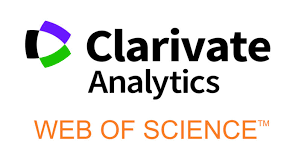
Read More
